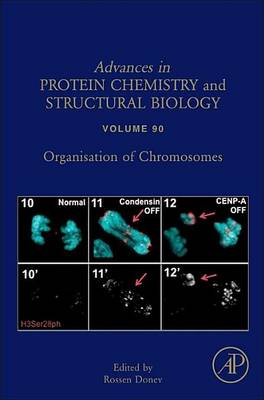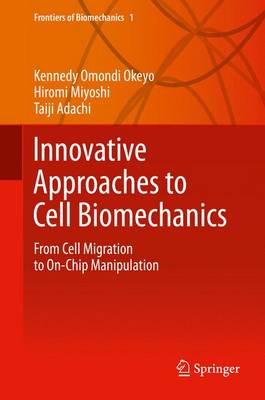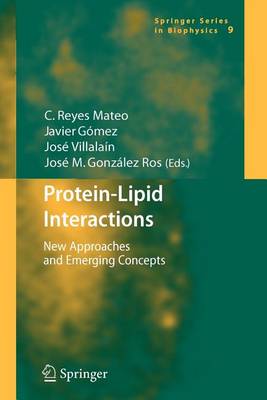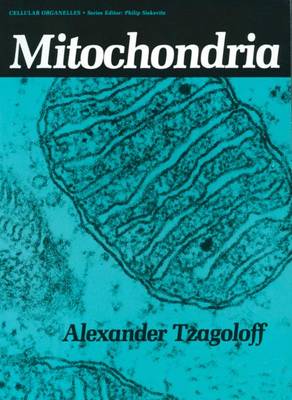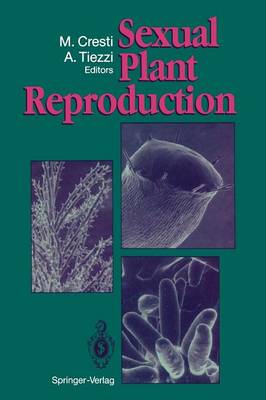Organisation of Chromosomes (Advances in Protein Chemistry and Structural Biology)
Published continuously since 1944, the Advances in Protein Chemistry and Structural Biology serial has been a continuous, essential resource for protein chemists. Covering reviews of methodology and research in all aspects of protein chemistry, including purification/expression, proteomics, modeling and structural determination and design, each volume brings forth new information about protocols and analysis of proteins while presenting the most recent findings from leading experts in a broad ra...
Innovative Approaches to Cell Biomechanics; From Cell Migration to On-Chip Manipulation
by Kennedy Omondi Okeyo
The 2007-2012 World Outlook for Portrait Photography Studios
by Philip M. Parker
The Neurospora Compendium
by David D Perkins, Alan Radford, and Matthew S Sachs
The fungi have been major players in the molecular revolution that has transformed biology. Because they can be manipulated as microorganisms, yeast and Neurospora provide information that is difficult to acquire with plants and animals, and experimental findings with fungi often throw light on corresponding processes in plants and animals. The filamentous fungus Neurospora crassa has become a valuable model organism because of its favorable features for genetic analysis and because of the vast...
Handbook of Proteolytic Enzymes (Handbook of Proteolytic Enzymes, Two-Volume Set with CD-ROM)
Extensively revised and updated, the new edition of the highly regarded Handbook of Proteolytic Enzymes is an essential reference for biochemists, biotechnologists and molecular biologists. Edited by world-renowned experts in the field, this comprehensive work provides detailed information on all known proteolytic enzymes to date. This two-volume set unveils new developments on proteolytic enzymes which are being investigatedin pharmaceutical research for such diseases as HIV, Hepatitis C, and t...
Gap Junctions in the Mammalian Brain
Comprised of chapters by leaders in research on connexins, the structural and functional properties of gap junctions, and the roles of electrical synapses in the mammalian brain, this text introduces novel ideas about the functions of gap junctions. Topics covered include molecular biology, structure, diversity, regulation, and distribution of connexins in the brain, as well as the importance of gap junctions for glial regulation of brain metabolism and roles of electrical synapses in specific c...
Evolution and Variation of Multigene Families (Lecture Notes in Biomathematics, #37)
by T. Ohta
During the last decade and a half, studies of evolution and variation have been revolutionized by the introduction of the methods and concepts of molecular genetics. We can now construct reliable phylogenetic trees, even when fossil records are missing, by compara tive studies of protein or mRNA sequences. If, in addition, paleon tological information is available, we can estimate the rate at which genes are substituted in the species in the course of evolution. Through the application of elec...
The New Challenges of the Cell Therapy and Potential of Regenerative Medicine
by Nicola Daniele
Mitochondria (Advances in Experimental Medicine and Biology, #138) (Basic Life Sciences)
by Alexander Tzagoloff
In writing this book, I found the choice of a suitable title to be a most vexing problem. Lehninger's excellent earlier monograph The Mitochondrion had already appropriated in the domain of library cards what appeared to be the most fitting description of the subject matter. Once the text was completed, however, it became obvious that pluralization was the simplest solution to this dilemma. Variations in the structure and function of this organelle and recent discoveries of the phylogenetic dive...
Sexual Plant Reproduction
In recent years there has been a growing awareness of the importance of reproductive biology to crop production and there has been a tremendous increase in research on reproductive structures of higher plants. Presented here is a wide information of different aspects of micro- and macrosporogenesis, pollen-stigma interaction and recognition, pollen tube growth, cytoskeleton, in vitro and in vivo gamete fusion, and incompatibility. The most advanced techniques employed in studies on reproductive...
G Protein Pathways is the first of three volumes examining the nature of heterotrimeric G proteins. The text takes an integrated approach to studying common experimental questions at many different levels related to G proteins. Methods related to G proteins using molecular modeling, systems biology, protein engineering, protein biochemistry, cell biology, and physiology are all accessible in the same volume. The critically acclaimed laboratory standard for more than forty years, Methods in Enzym...
The 2007-2012 World Outlook for Automotive Aftermarket Parts
by Philip M. Parker
This book explores various aspects of thermophilic and halophilic microbes from Eurasian ecosystems, which have proved to offer a unique reservoir of genetic diversity and biological source of extremophiles. It also covers the biotechnological uses of extremophiles, and their potential use in agricultural and industrial applications. The topics addressed include but are not limited to: diversity and microbial ecology, microbe-environment interactions, adaptation and evolution, element cycling an...
Plasma Lipoproteins, Part B: Characterization, Cell Biology, and Metabolism (Methods in Enzymology)
The critically acclaimed laboratory standard, Methods in Enzymology, is one of the most highly respected publications in the field of biochemistry. Since 1955, each volume has been eagerly awaited, frequently consulted, and praised by researchers and reviewers alike. The series contains much material still relevant today - truly an essential publication for researchers in all fields of life sciences.
